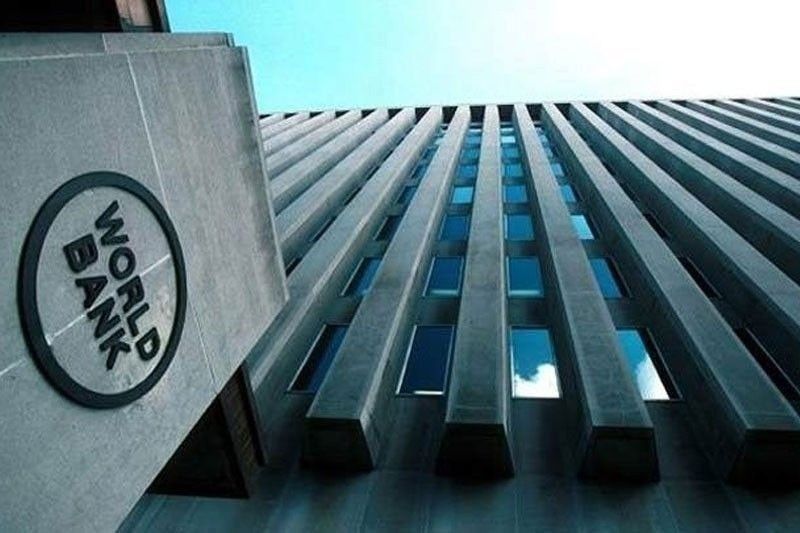Philippines to miss growth target in 2025 – World Bank

MANILA, Philippines — The country’s economic growth next year is expected to fall short of the government’s target even with continued monetary policy easing, according to the World Bank.
“We are projecting both for this year and for next year, a six percent growth. So that takes into consideration the expectations for loosening of monetary policy of BSP (Bangko Sentral ng Pilipinas),” Gonzalo Varela, lead economist for the Philippines at the World Bank told reporters on the sidelines of the Management Association of the Philippines’ International CEO Conference.
The World Bank’s six percent forecast for this year is higher than the lender’s 5.8 percent growth projection last June. It is also within the government’s six to seven percent growth target for this year.
“We upped our expectations, our projections recently based on fundamentals. So we are confident. We’re relatively confident that the economy will continue performing well,” Varela said, noting the multilateral lender expects strong economic performance despite the typhoons’ effects.
The Philippine economy posted a 6.3 percent growth in the second quarter of this year, faster than the 4.3 percent expansion in the same quarter last year and the revised 5.8 percent growth in the first quarter of 2024.
Average economic growth in the first half was at six percent, within the government’s target for the year.
For next year, the World Bank’s growth forecast is also higher than its earlier projection of 5.9 percent, but lower than the government’s 6.5 to 7.5 percent growth goal.
While the World Bank expects the BSP’s monetary policy easing to stimulate consumption and investment, Varela said the Philippines would not be spared from the impact of slower global growth.
In terms of the outlook on further monetary policy easing for the rest of the year, he said it would depend on inflation expectations and the US Fed’s actions in the next couple of weeks.
“If exchange rate depreciates, that increases inflation pressures and that is something that BSP needs to take into account. So if the Fed eases monetary policy rates, then that will give some space for BSP to ease too,” he said.
At its Aug.15 meeting, the BSP slashed the target reverse repurchase rate to 6.25 percent from a 17-year high of 6.5 percent.
As natural disasters including typhoons are seen as key challenges to growth, Varela said investing in resilient infrastructure is crucial.
In the World Bank’s upcoming country partnership framework (CPF) for the Philippines for 2025 to 2028, he said the multilateral lender would be focusing on objectives that include building resilient communities and preserving environmental sustainability.
He also said World Bank financing for the Philippines is expected to keep growing.
“The program has been growing and we expect the program to keep growing. We have a very strong engagement with the government so we expect to keep supporting the Philippines in that respect,” he said.
He said the new CPF is currently being discussed with stakeholders and consultations are being conducted with the private sector, civil society, government agencies and local government units.
“So we are expecting to bring it to our board for approval late in this calendar year or very early in the next calendar year. So by early 2025, we will have a new CPF,” he said.
He also said the second Digital Transformation Development Policy Loan and the Philippines’ Digital Infrastructure Project, which are both to be supported by the World Bank, are expected to be approved by the multilateral lender’s board before the end of the year.
- Latest
- Trending
























